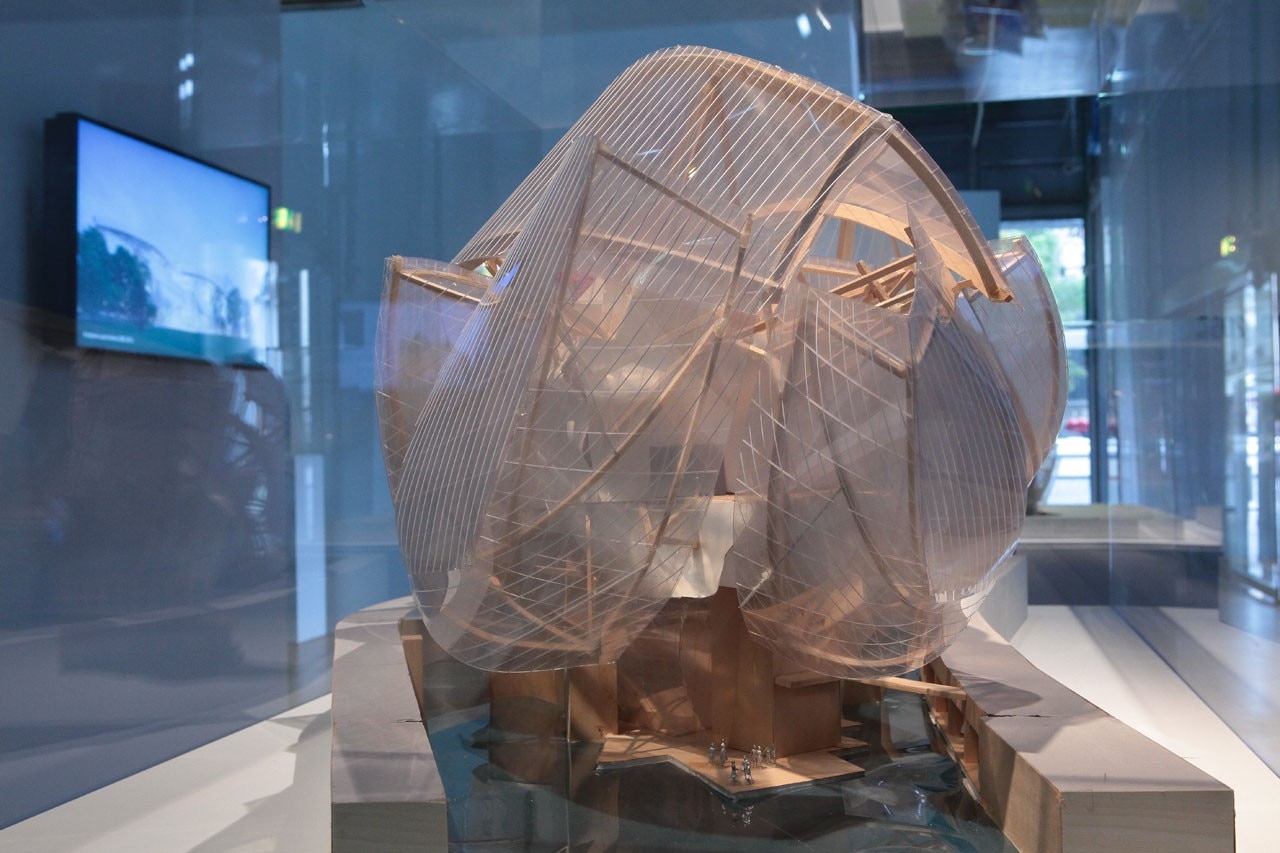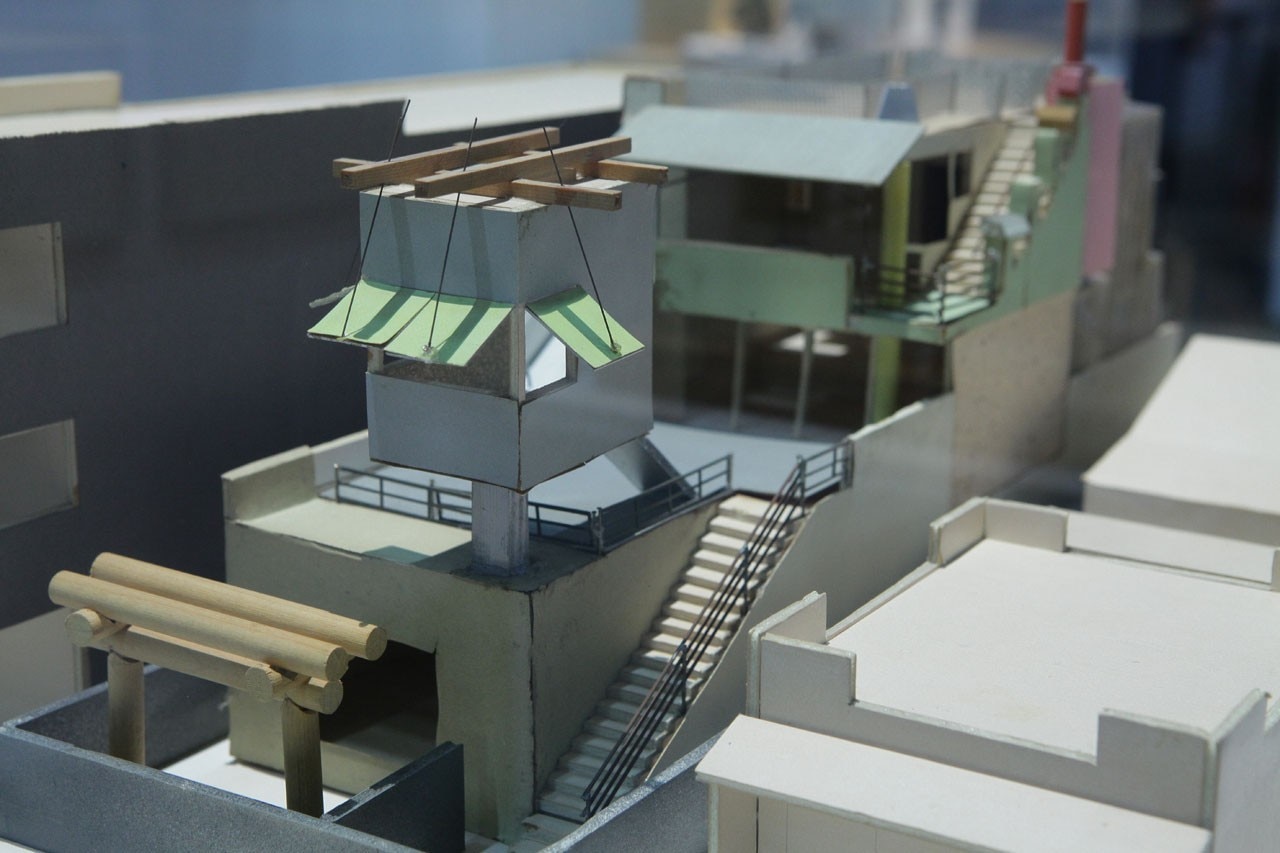
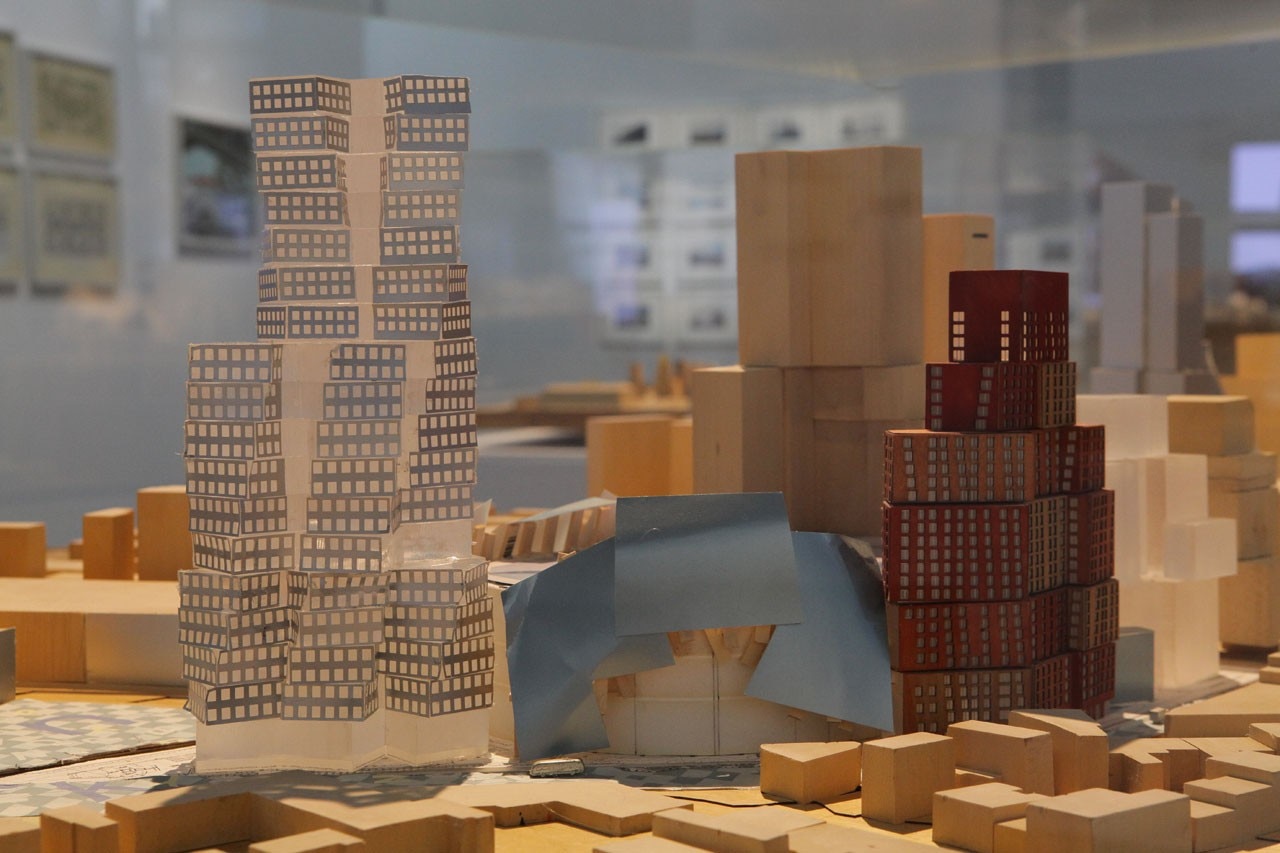
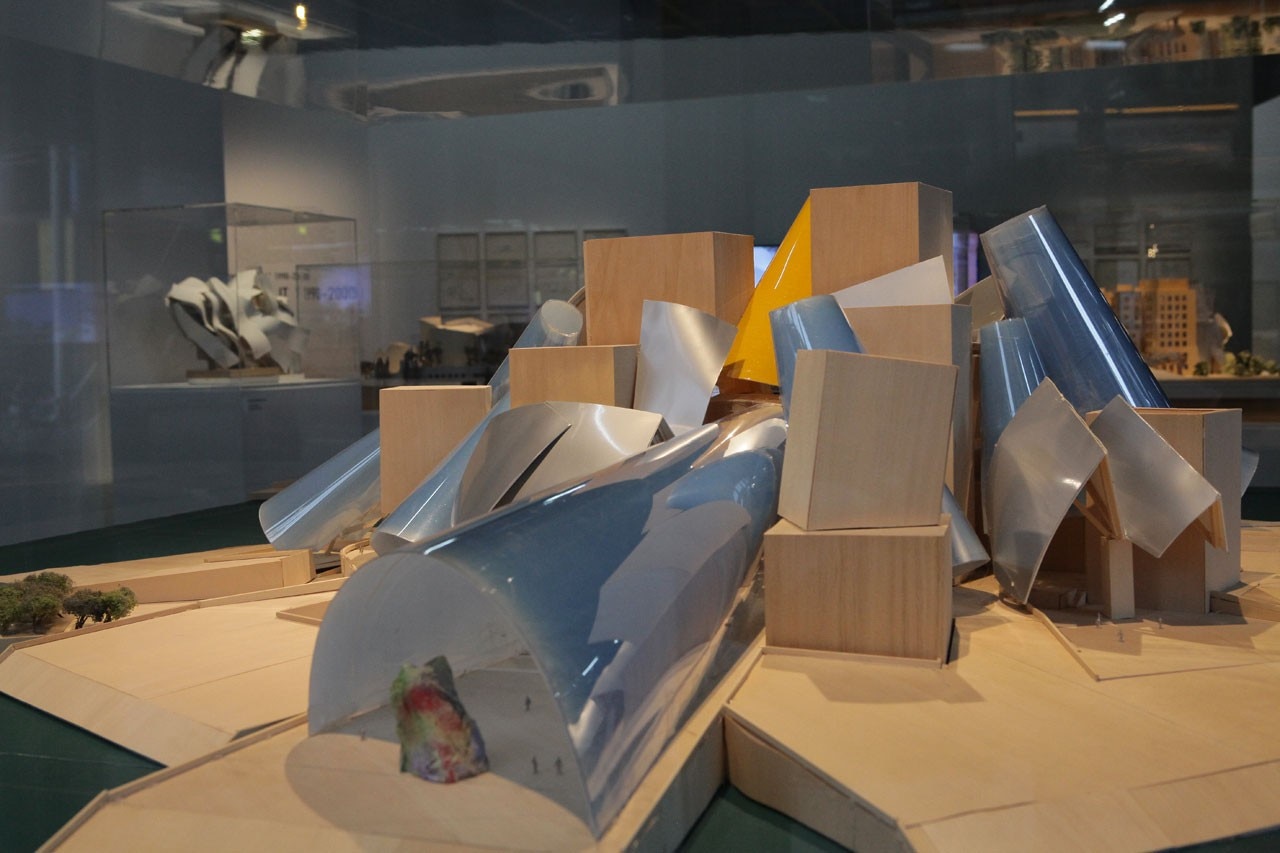
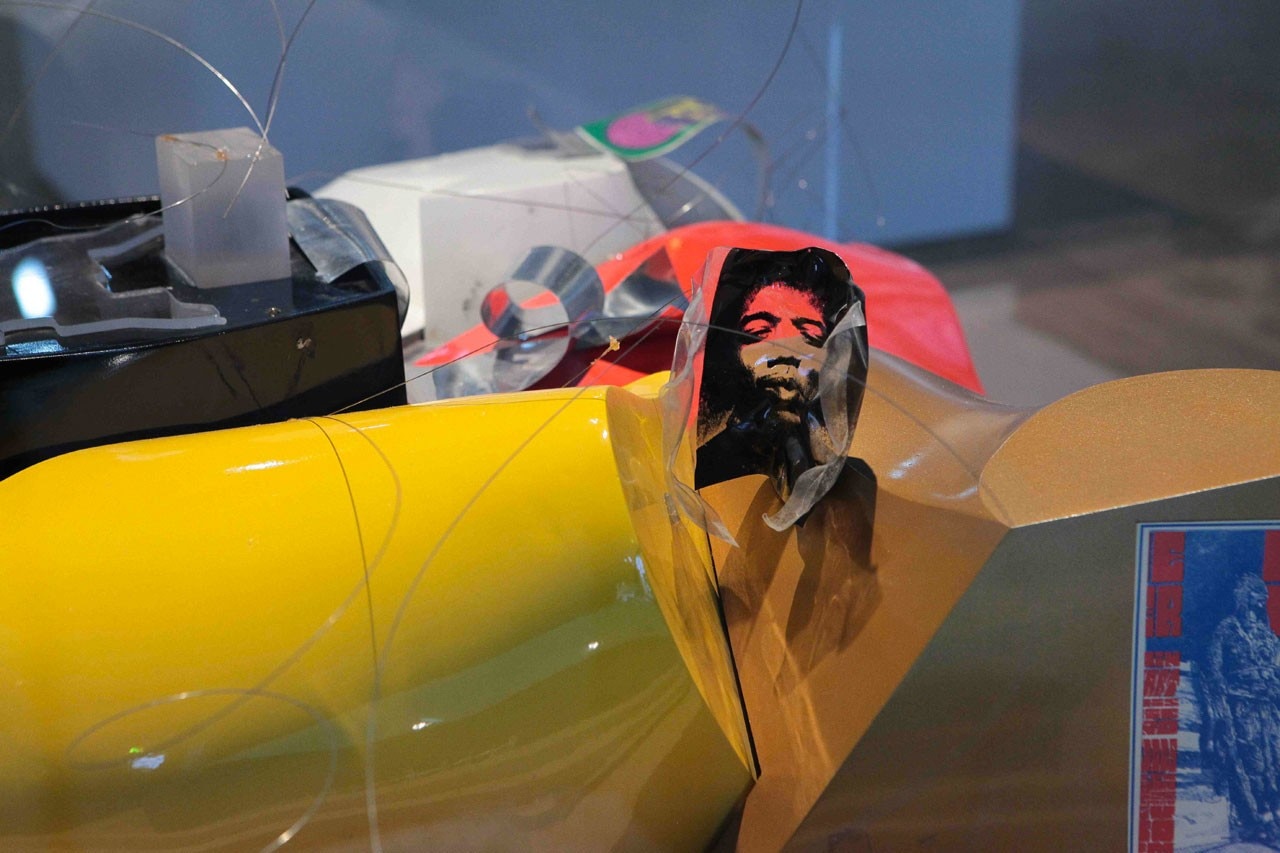
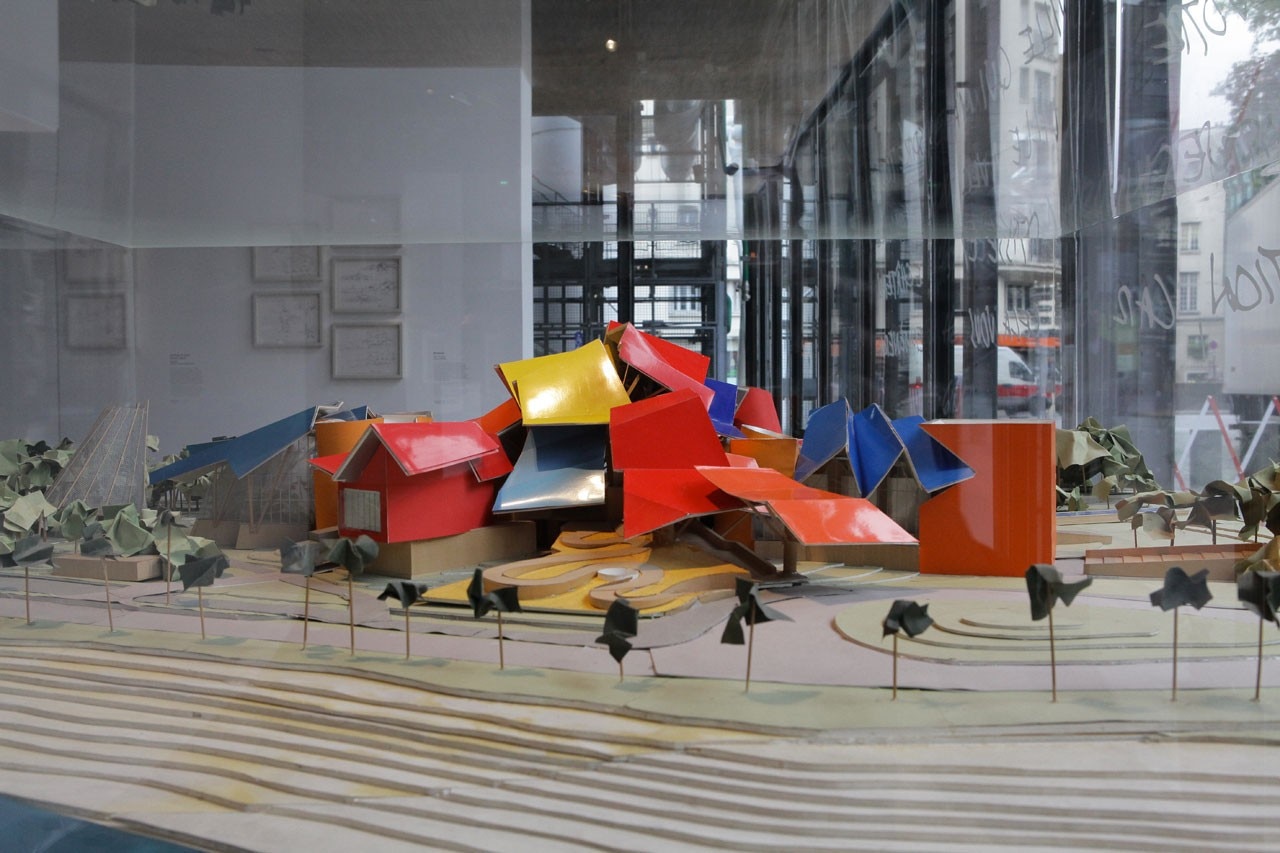
The original house was wrapped on three sides in wood and glass and surrounded with bare corrugated metal. Frank Gehry likes to recall the time in his childhood when he worked in his grandfather’s hardware store, doing all sorts of DIY jobs, building a set of unforgettable tactile references.
The logical next step in such experimentation was to build models, essential components in the architect’s creative toolbox, leading on to the actual construction of the architectural design. While drawings can inform us and contain all the details, and digital images can check the design and ensure its buildability on the basis of clinical analysis “The computer image is lifeless, cold, horrible…” [2], models enable the assembly or fusing of parts, analysis using the diversity of possible viewpoints, study of materials, checks on proportions, the quality of light, material or a space to receive the light, on scales that permit control of the project as a whole.
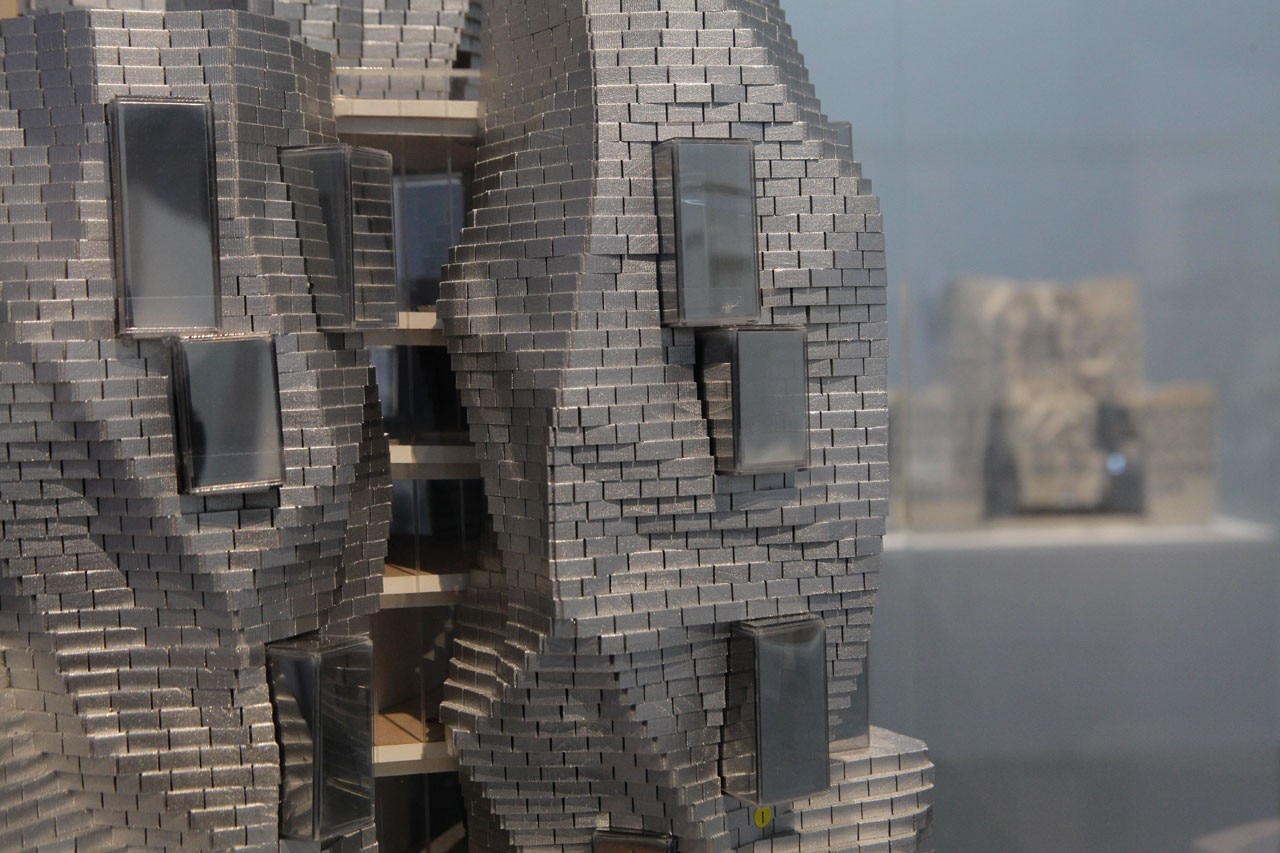
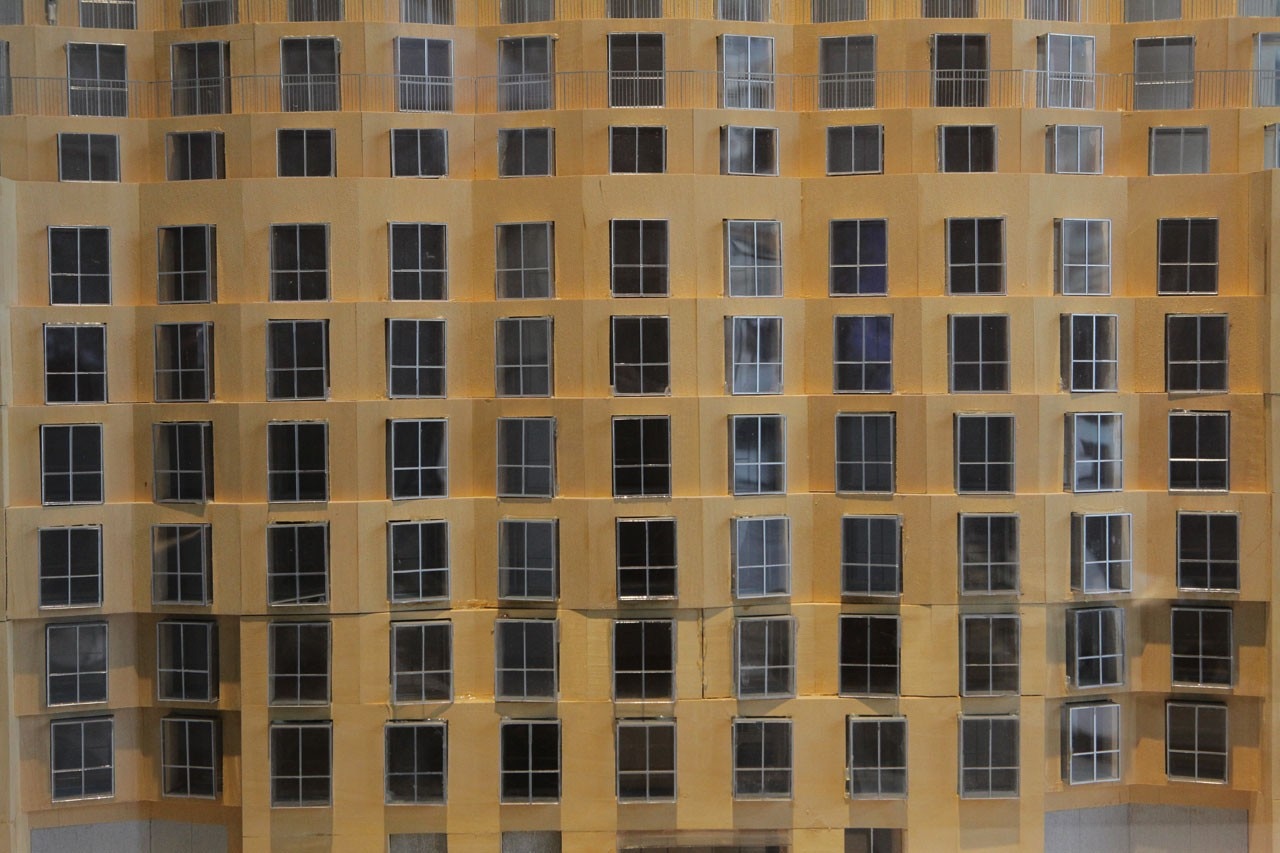
Notes:
1. Interview by Frédéric Migayrou and Aurélien Lemonier, exhibition’s curators.
2. Ibid.
until 26 January 2015
Frank Gehry
Centre Pompidou, Paris
Galerie Sud, Level 1


